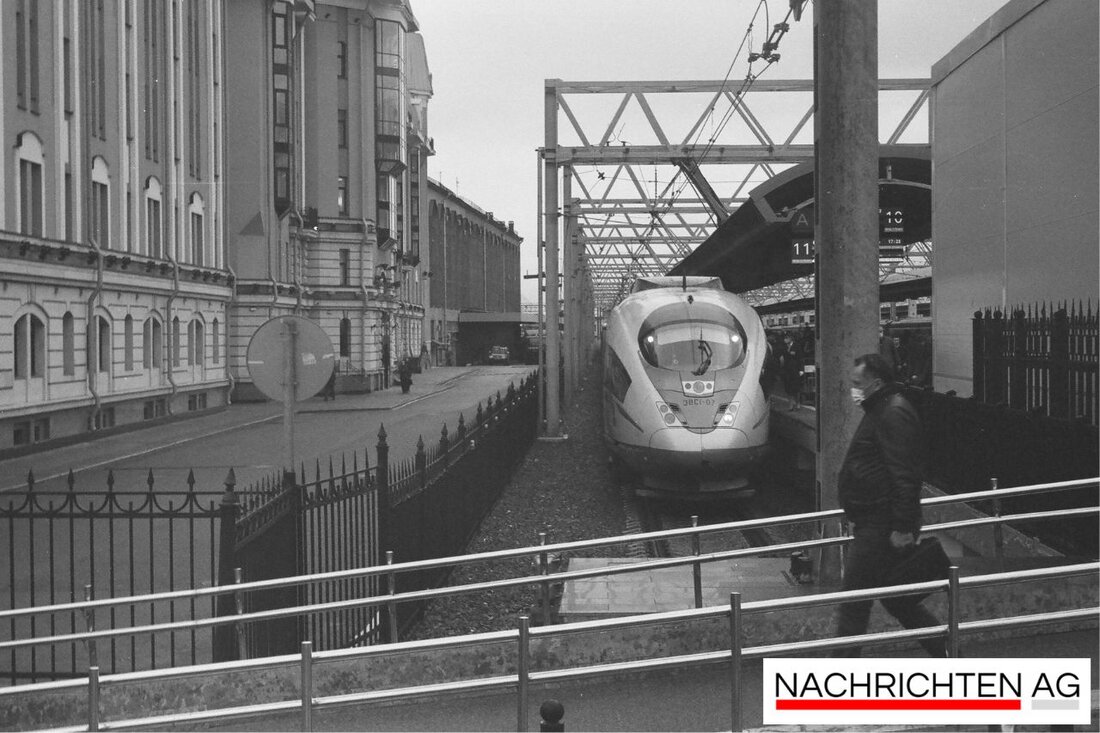30 years after the vote: Ortrand looks back on its eventful history!
On August 28, 2025, the historic decision between Brandenburg and Saxony will be remembered on the occasion of the 30th anniversary of the vote in Ortrand.

30 years after the vote: Ortrand looks back on its eventful history!
On August 28, 1995, the city of Ortrand made a groundbreaking decision. In a vote, 1,247 citizens decided to join Brandenburg, while only 463 votes were cast for Saxony. With a voter turnout of 79%, the population showed a strong interest in their future affiliation. However, more than four years earlier, 96% of the residents had advocated joining Saxony. The city council made the opposite decision, casting the vote for Brandenburg with a majority of just one vote. This turnaround led to violent arguments and protests among citizens after the vote.
The location of Ortrand is geographically special because the city lies on the border between Brandenburg and Saxony and has a population of around 2,000 people. In addition, Ortrand is located at the intersection of two trade routes, a position that gave the city significant advantages as early as the High Middle Ages. Archaeological evidence suggests that this may have been a resting place for travelers. The first written mention of the city dates back to 1238 and it was probably founded at the end of the 12th century.
The consequences of the vote
After the upheaval in the town twinning and the political reorganization, the then Prime Minister Stolpe promised the city support. This led to the construction of a multi-purpose hall that was intended to enliven social life in Ortrand. Despite such measures, the discussion about country affiliation is now less important for citizens than local developments and perspectives.
An example of citizen engagement is a student project that aims to promote identification with their homeland. The participants develop ideas for improving and further developing the city. The educational infrastructure plays an important role in Ortrand, as the Rainbow Kita was chosen as the third best in Germany.
Economic situation and future prospects
Ortrand has benefited from its location in the so-called “Dresden suburbs”, which has led to the settlement of several companies. The most important employers include Ortrander Eisenhütte GmbH and PolymerTechnik Ortrand GmbH. The city is not only a historical but also an economic center in the region.
Another aspect of Ortrand's development is the transport infrastructure. The connection to the federal highway 13 and the train station on the Großenhain – Cottbus railway line create numerous mobility options for the citizens.
The culture in Ortrand is also vibrant, supported by the town twinning with Żagań in Poland and regular city and music festivals. Sights include the town churches of St. Barbara and St. Jakobus as well as the town history and Schraden Museum. Ortrand is therefore not only a location with economic relevance, but also as a place with deep-rooted history and cultural heritage.
The history of Ortrand, from its first mention until today, reflects the changeable political and social conditions. Despite the challenges brought about by the 1995 decision, the city continues to develop resiliently and is now an example of regional cohesion and local identity.
For more information about the history and peculiarities of Ortrand, you can visit the Wikipedia pages and RBB24.

 Suche
Suche
